Every summer, schools hire thousands of teachers to fill last-minute vacancies. This year, in the midst of the COVID-19 pandemic, we may see additional vacancies as teachers choose to retire or find other work rather than return to the classroom.
In most areas, meeting in person is still an iffy prospect. How can schools hire high-quality teachers without conducting face-to-face interviews?
And how can we conduct the process inclusively and efficiently, given the large number of people involved in filling multiple positions?
While conducting interviews remotely via videoconference is an obvious solution, we can improve the entire hiring process—from screening, to interviewing, to making decisions—with a bit of forethought.
Live Video Interviews: Keeping It Simple with Zoom
A basic approach is to establish a single Zoom meeting for a group of back-to-back interviews, and share the link with each candidate.
When it's time for a candidate to interview, simply admit them to the Zoom meeting, and remove them at the end of the interview.
Your interview team can remain in the Zoom meeting for discussion and coordination before and after each interview.
This approach is much simpler than creating a separate Zoom link for every candidate, which would leave your team scrambling to find the right link for every candidate.
Note: if you're using a platform other than Zoom, make sure it has a “waiting room” feature so candidates don't accidentally join during each other's interviews.
But live video interviews happen toward the end of the process. How can we make every stage of hiring more efficient, inclusive, and evidence-based?
Application Screening: Add Video for Better Decisions
If you have a large number of candidates, you'll first need to narrow down your list based on the application materials they've submitted.
The application screening process traditionally relies on a written application, résumé, and cover letter, which provide basic facts but very little sense of what a candidate is like in person.
How can you give your hiring team a richer impression of the applicants before deciding who to invite for an interview?
If you currently ask screening questions, you can easily convert one or more of them from written response to video response.
A great way to manage these responses—and organize your entire hiring process—is in a Sibme Assessment Huddle.

While most schools use Sibme for video-based coaching and professional growth, it works great as a hiring platform, too.
Simply create a new Assessment Huddle with the application instructions:
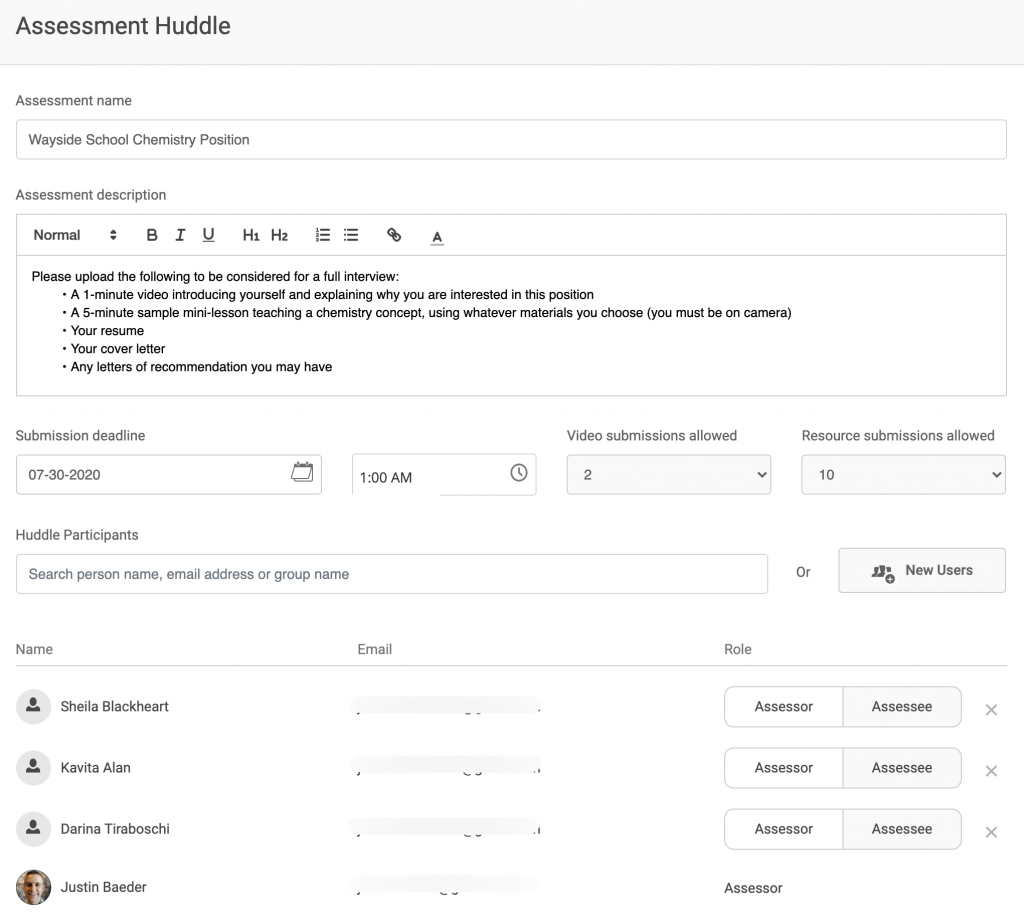
Then, invite applicants to login and submit their materials:
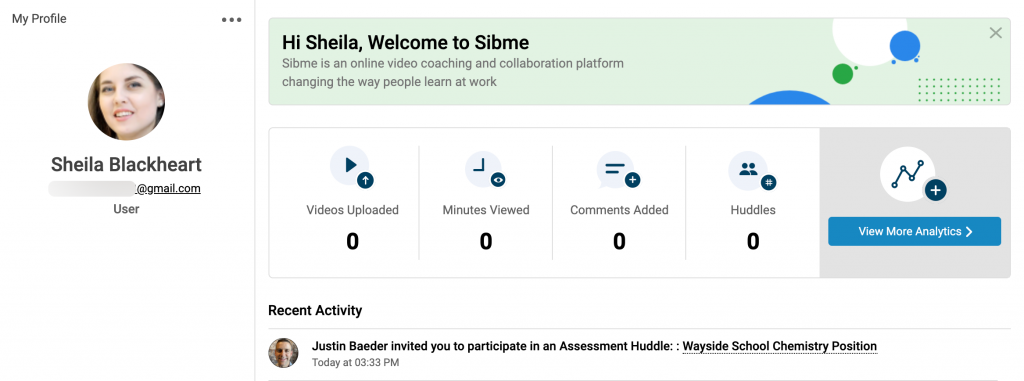
Applicants can upload videos and documents to their private workspace, then submit them via the Assessment Huddle:
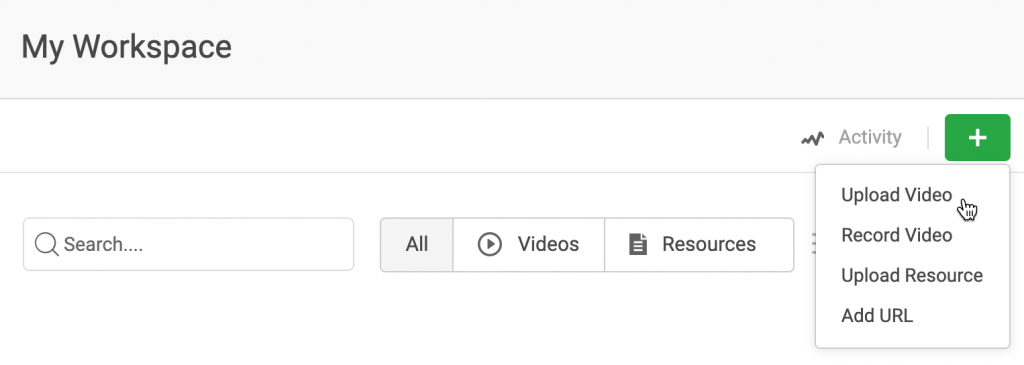
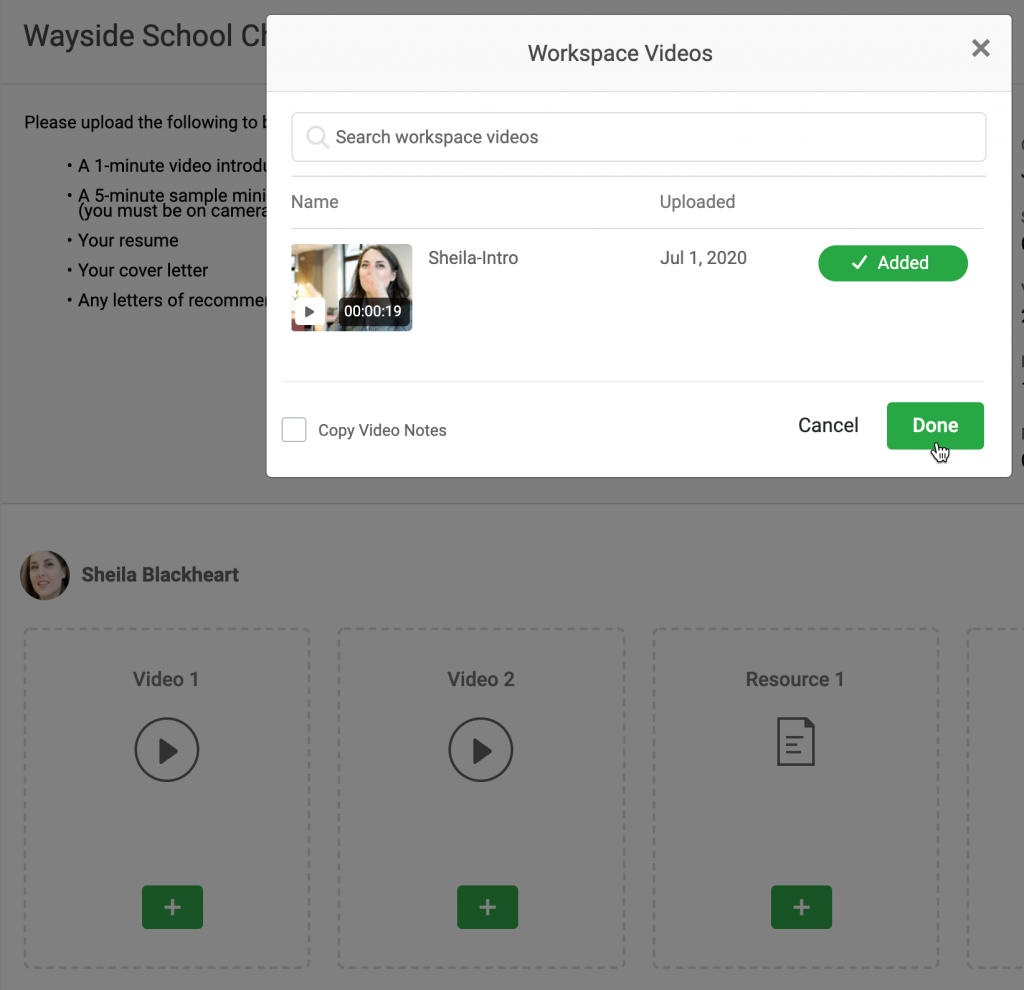
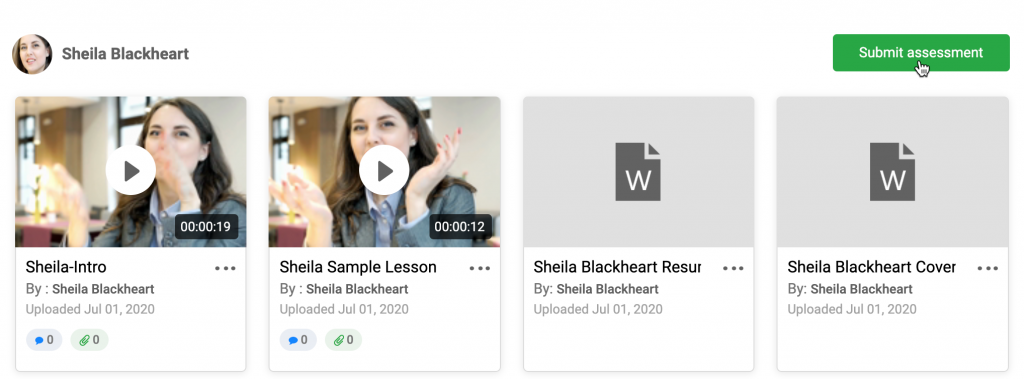
As each candidate submits their materials, you'll be able to view and comment on them.
Each member of your hiring team can leave their own comments, so you can collaborate asynchronously—no need to have everyone gather at the same time to review applications.
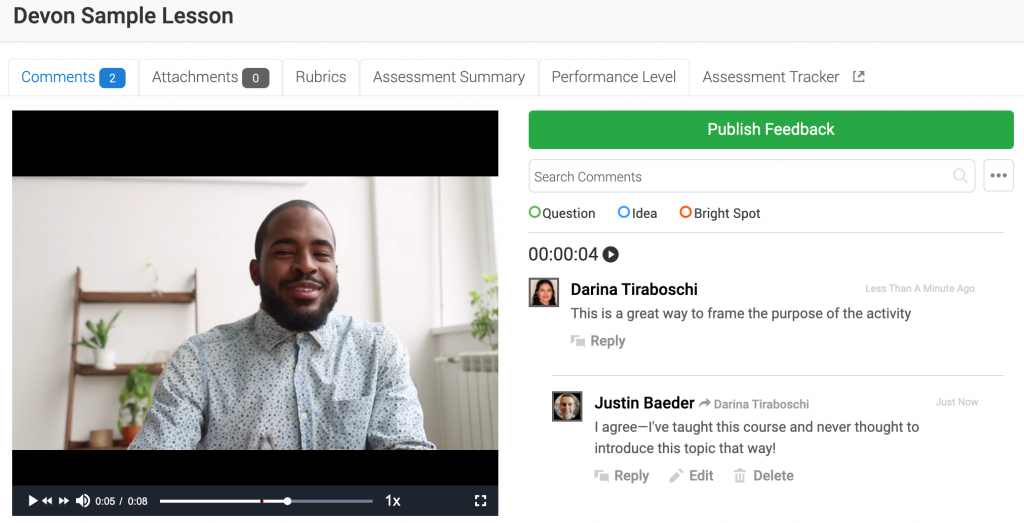
Comments on videos are timestamped, allowing you to make evidence-based decisions focused on the substance of each candidate's responses.
You can even create your own rubric, with a custom scale and criteria:
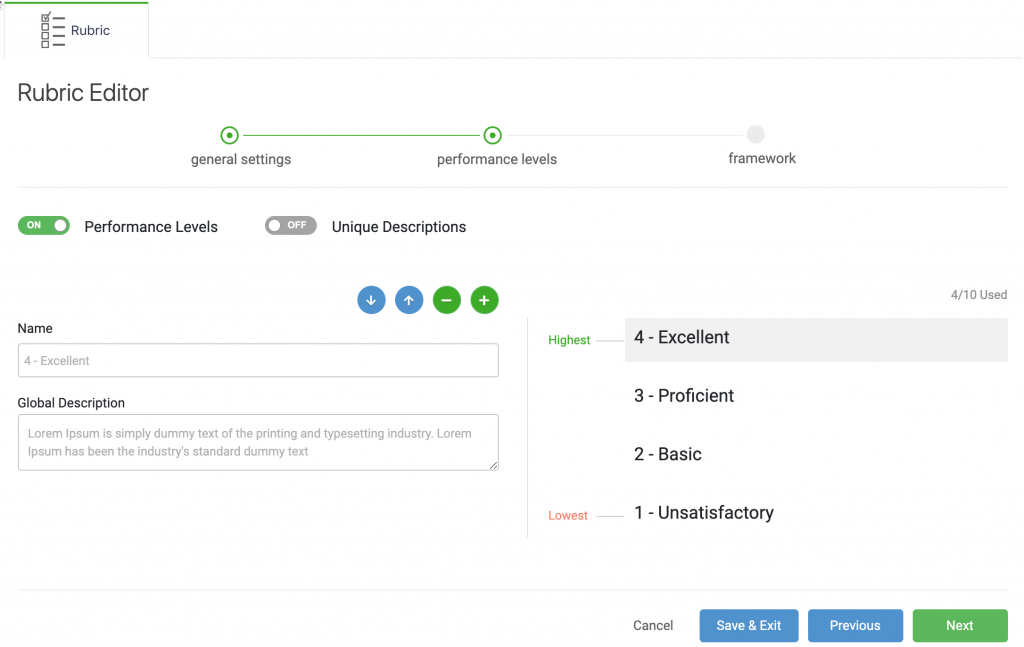
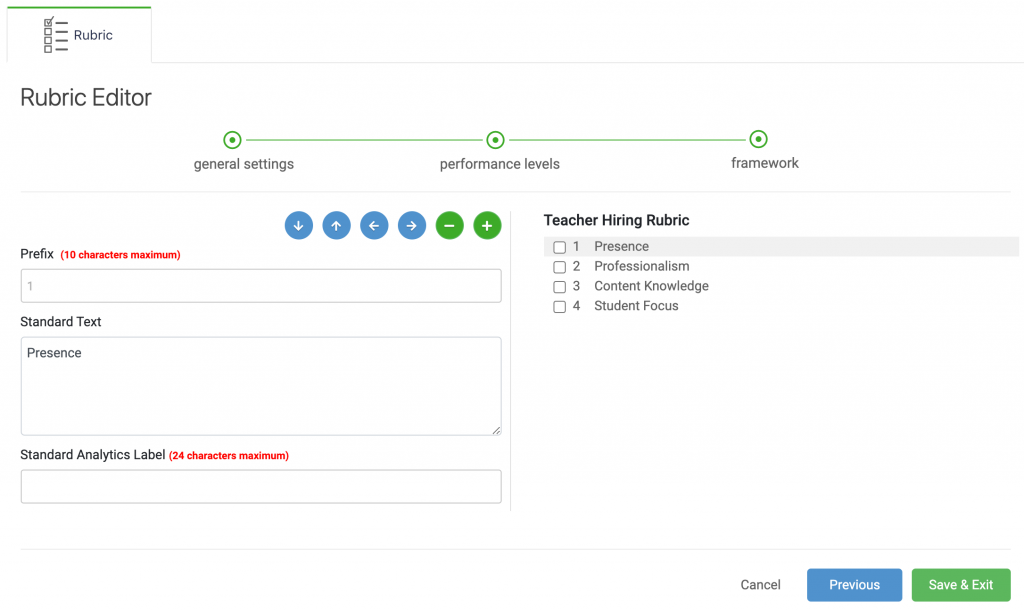
You can then have each member of your hiring team use this rubric to tag specific evidence from applicants' videos, and rate the candidate according to the rubric.
This holds your hiring team accountable for making evidence-based decisions, and makes the basis for ratings clear.
Finally, you can review all of the evidence and apply an overall rating for each candidate, so you can decide who will be invited to interview for the position.
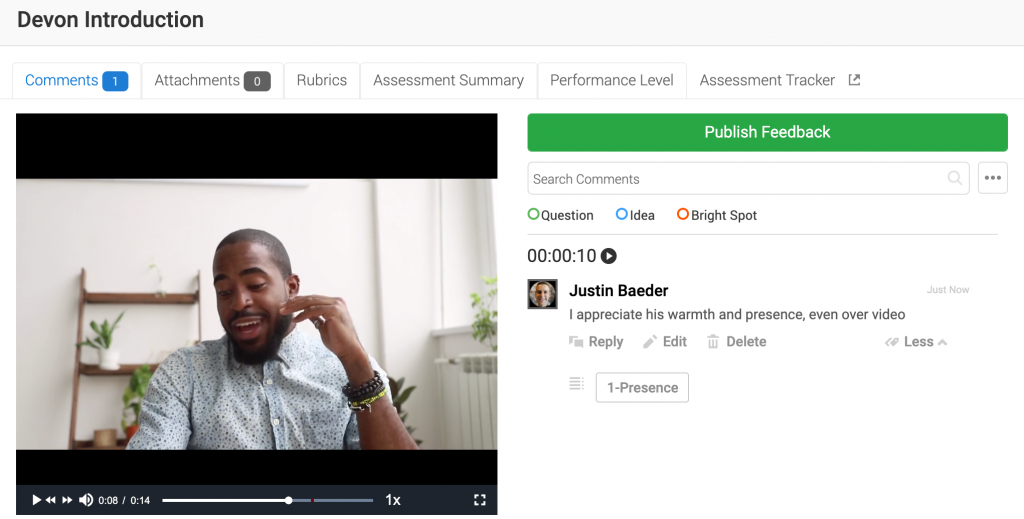
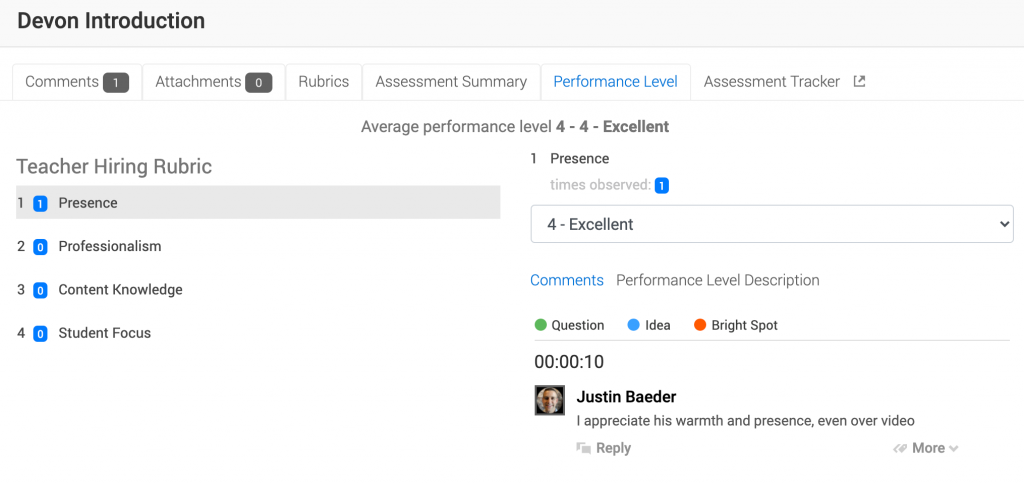
These features were designed to meet the needs of university-based teacher preparation programs, and they work perfectly for remote hiring.
Live Interviews: Getting More Input from More Staff
When it's time to conduct interviews, you can use a live videoconference tool like Zoom, but how can you get input from as many people as possible?
Over the summer, it's usually fairly difficult to convene a large interview team that's representative of your school community.
Some people may be able to provide input, but not join in real time.
With video-based interviews, people don't have to be available at a certain time to be part of the decision-making process.
You can use a small team to greet candidates and ask questions, then upload the recording to a Sibme huddle for broader input from your hiring team.
Simply create a new Collaboration Huddle in Sibme and invite the members of your hiring team:
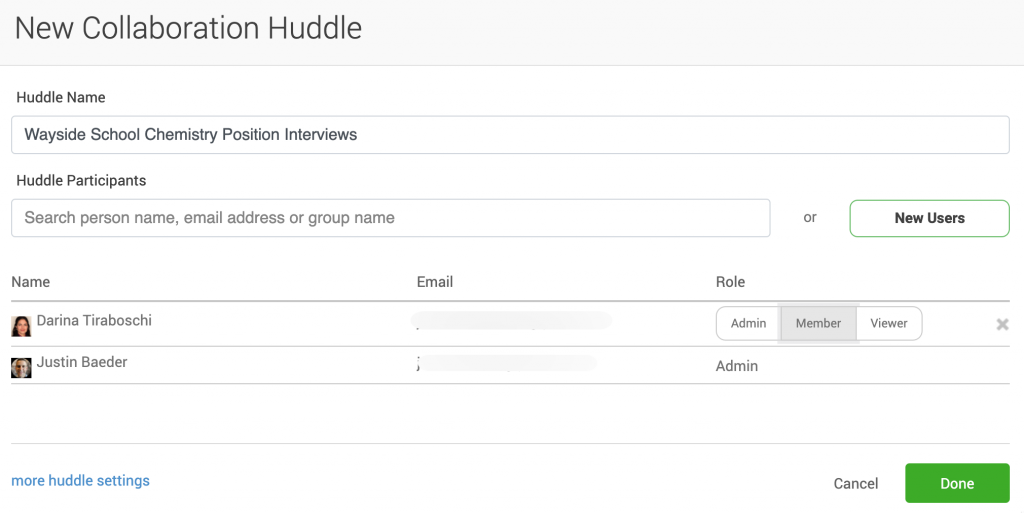
Then, copy each candidates' application materials and interview videos to the Collaboration Huddle so your team can provide input.
You can even clip out specific sections of a longer video, right within the Sibme app. For example, if you recorded all of your interviews in a single Zoom file, you can clip out one candidate's interview, or just a single response.
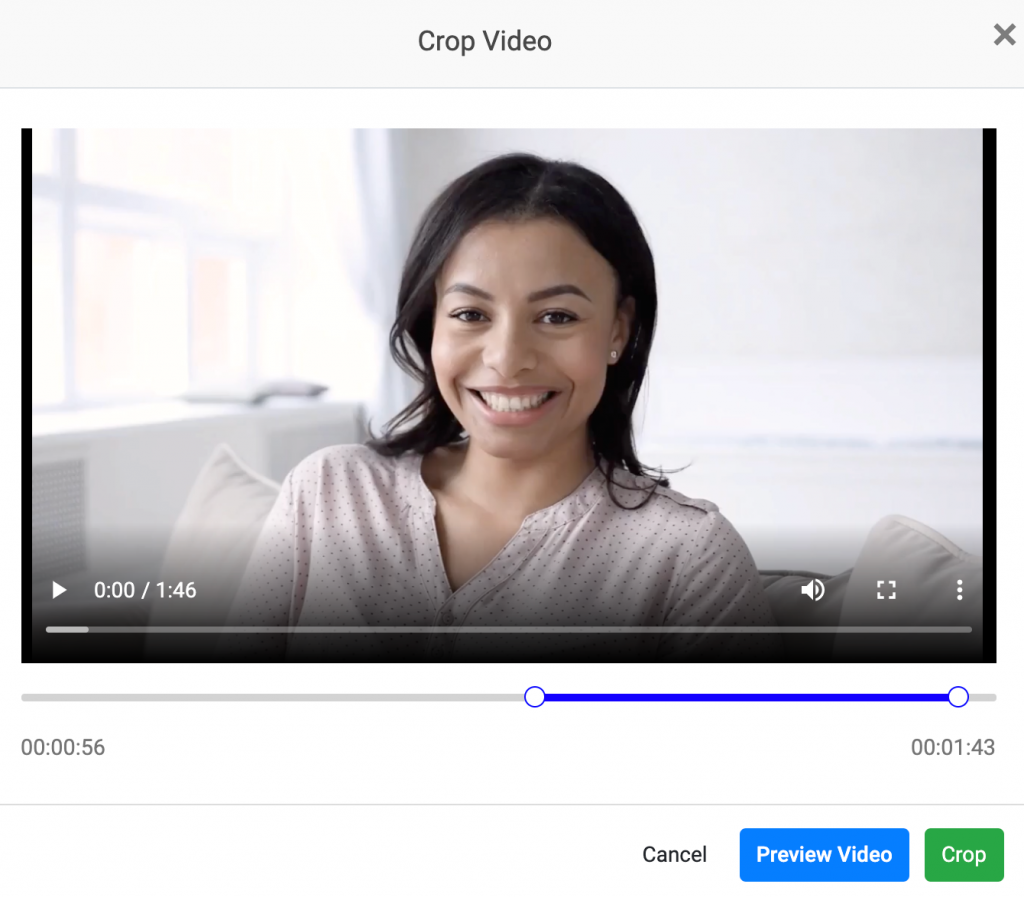
No need for special editing software or multiple files on your computer—simply upload the video once, and crop it into as many separate clips as you need.
Then, your hiring team members can login on their own schedule and leave timestamped comments to provide their input—again, using the rubric you've created to make the process transparent and fair.
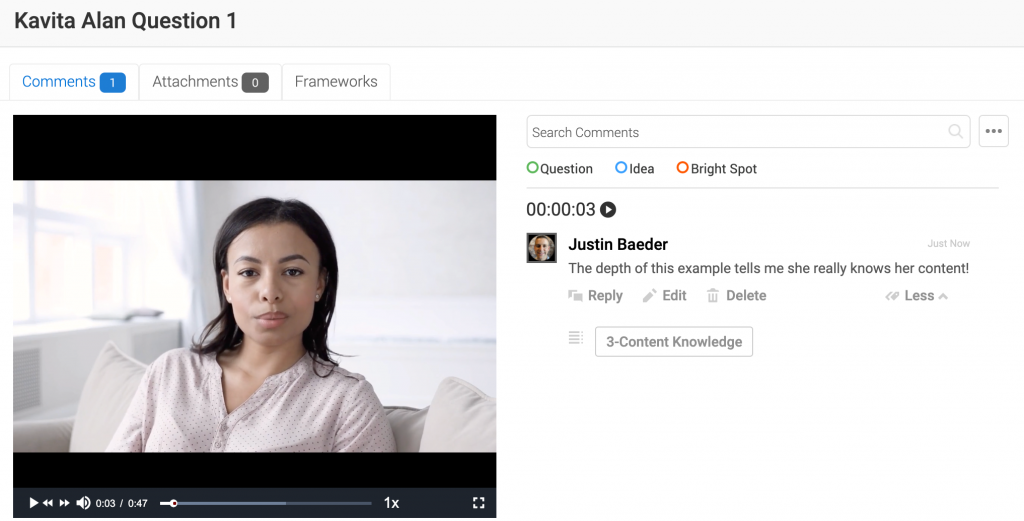
Establish Buy-In From The Start with Shared Criteria
Hiring over the summer can be contentious because people want to have input, but aren't always available, and vacancies can arise without much warning.
When no one has had the chance to think about or discuss what they're looking for in a new member of the staff, it can be hard to agree on the best candidate—especially when you have several strong applicants.
To prevent this problem, start the hiring process by asking your staff for input on the characteristics of the ideal candidate.
You can post a discussion in your Sibme Collaboration Huddle, and staff can leave nested comments to discuss the hiring process without the need for a meeting.
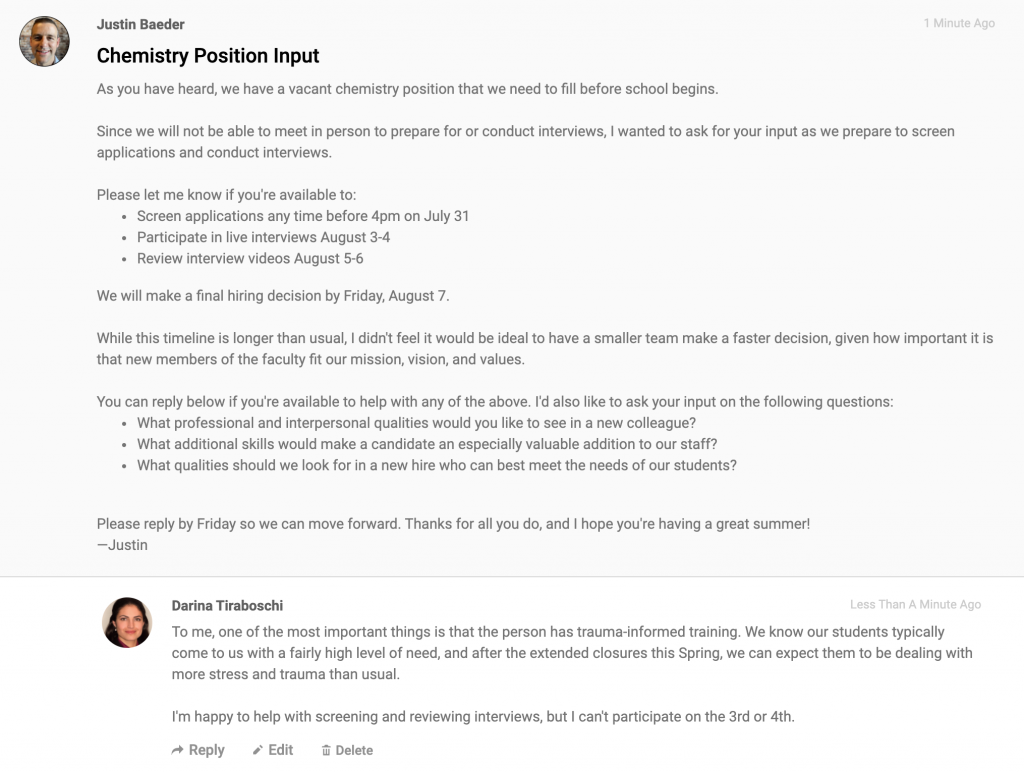
Email notifications can keep everyone in the loop, and you can easily reply from the Sibme mobile app.
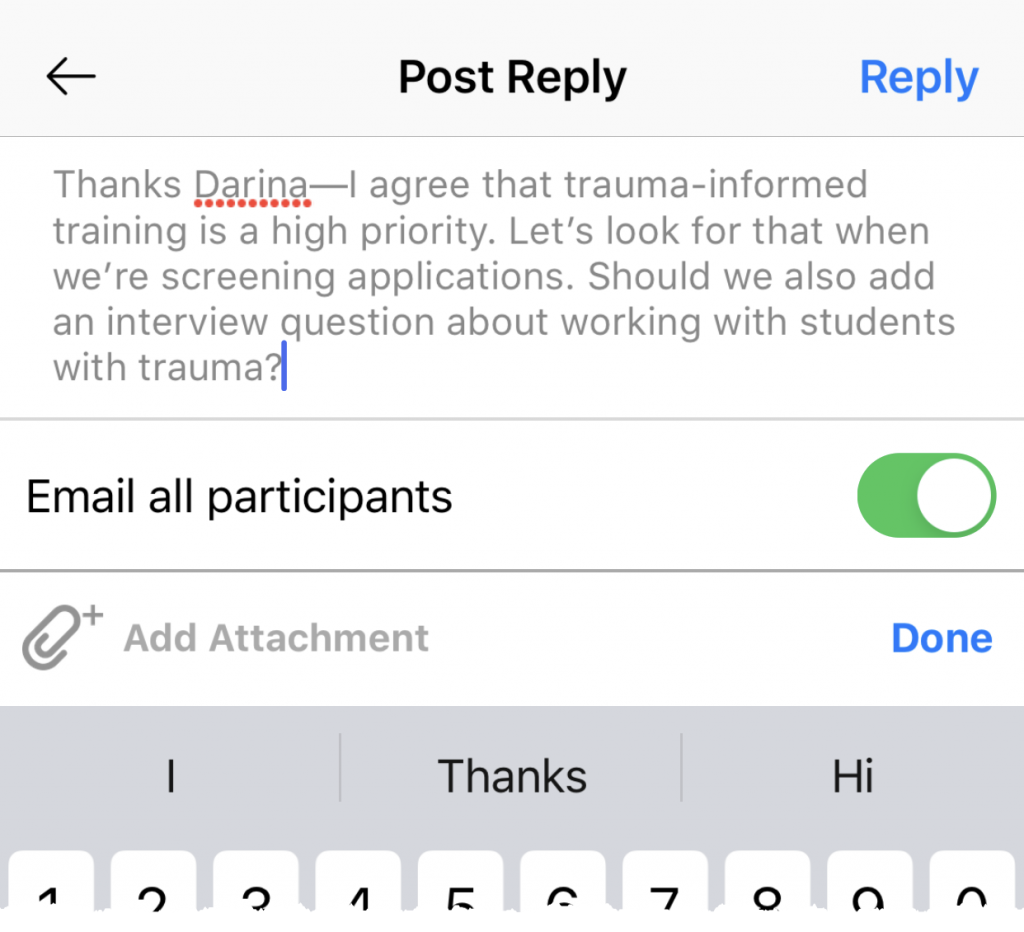
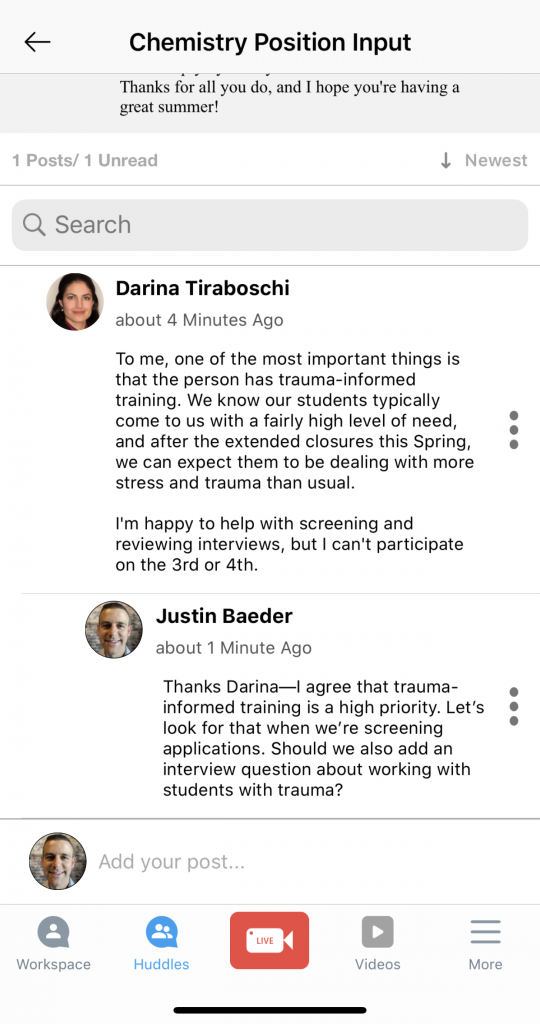
You can even use Discussions to get input as you develop a custom rubric for evaluating applicants at each stage of the hiring process.
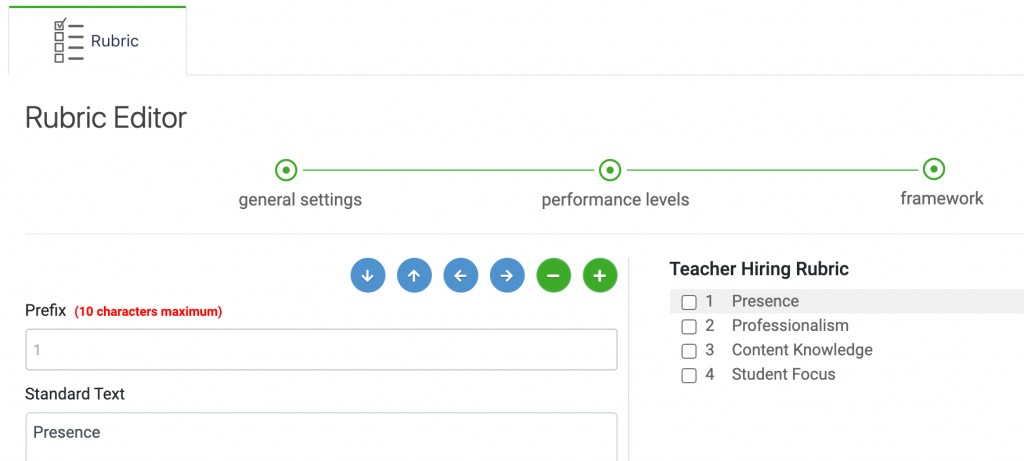
Transparency Leads to Better Hires
Giving staff more visibility and input into the hiring process can pay huge dividends in both trust and decision quality.
Simply put, you'll make better hires, with more buy-in from staff, if you have a transparent, inclusive hiring process during the summer months.
Too often, summer hiring is conducted by the principal and a skeleton crew of other staff—who may have been picked for no reason other than their availability on short notice.
Especially if you have concerns about bias—for example, if one of the applicants is a friend of an existing staff member—it's critical to establish clear criteria in advance, and to make transparent, evidence-based decisions at each stage of the process.
If you aren't already using Sibme to manage your hiring process, request a free trial here.
